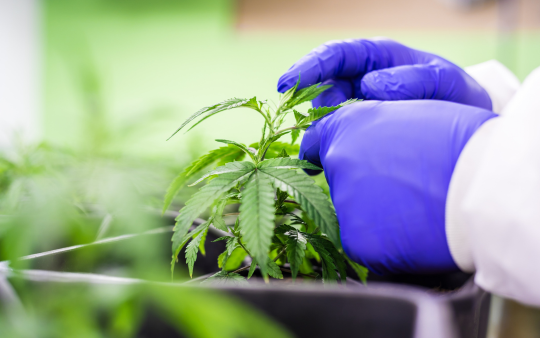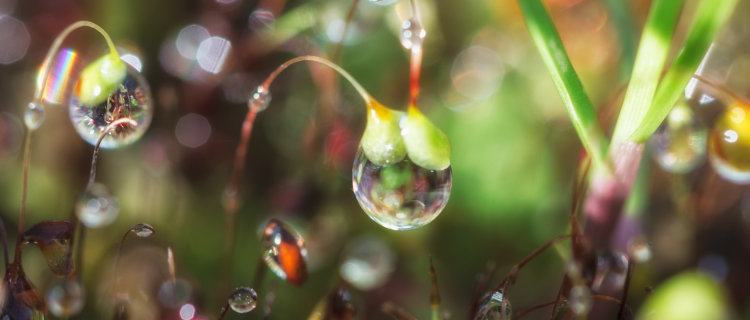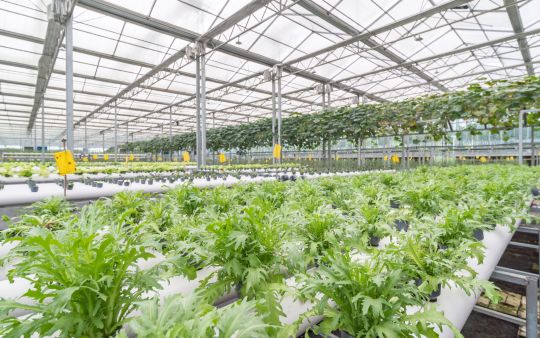
Dry Fog For Cannabis Cultivation | How to Grow Quality Bud | Indoor Grow for Cannabis


In controlled cultivation environments, growers often invest heavily in lighting, nutrients, and genetics. But one of the most persistent threats to crop health thrives not because of what is added, but because of what is left unchecked. Mold and mildew are fueled by unstable humidity, and in many cases, environmental inconsistency is the true culprit.
Sharp swings in humidity create the ideal breeding ground for fungal pathogens. These conditions are especially common during transitions between day and night cycles. While mold may seem like a surface-level issue, it is actually a clear signal of imbalance in the surrounding environment.
Mold spores are always present. They float in the air, rest on surfaces, and linger in ductwork. Alone, they are harmless. But when the environment shifts in their favor, they grow quickly and outcompete the plant’s natural defenses.
One of the most common triggers is a sharp rise in humidity during the lights-off period. As temperatures drop, the air’s capacity to hold moisture decreases. If no adjustments are made, relative humidity rises quickly, often leading to condensation on leaves, walls, and equipment. These damp surfaces become ideal landing spots for mold spores.
Even subtle swings in humidity can stress the plant, weakening its natural resistance to infection. This stress makes the crop more susceptible to disease, slows its development, and introduces quality concerns that can impact the entire harvest.
Growers often turn to fungicides, aggressive pruning, or airflow adjustments when mold appears. But these measures are reactive. By the time mold is visible, environmental conditions have already tipped too far.
The more effective approach is to control the factors that allow mold to take hold in the first place. That starts with maintaining a stable humidity level, tailored to the specific needs of the plant at each stage of growth. Seedlings and cuttings may need higher humidity, while flowering plants require tighter control to prevent bud rot and related issues.
The challenge is not just reaching the right humidity target, but keeping it steady as conditions in the space fluctuate. Many systems struggle here. On-off style humidifiers or basic misters often overcorrect, leading to swings that repeat throughout the day and night.
Dry Fog systems offer a more precise way to manage humidity. By releasing ultra-fine droplets that evaporate instantly into the air, these systems raise ambient moisture levels without wetting surfaces. The result is smooth, even humidification that avoids condensation and helps prevent mold-friendly conditions from forming.
Unlike conventional systems, Dry Fog is well suited for automation. With integrated sensors and responsive controls, humidity can be adjusted in real time to stay within a defined range. This keeps the environment balanced through temperature shifts, lighting changes, and occupancy variations.
Growers who use this approach report greater consistency in plant development, fewer issues with fungal outbreaks, and more predictable performance across growing cycles.
Mold is not just an inconvenience. It is a sign that something in the environment is slipping out of control. By maintaining stable humidity, growers can close the window of opportunity that mold relies on. This reduces the need for reactive treatments and helps protect the crop from both visible symptoms and hidden setbacks.
As operations scale or pursue tighter quality standards, stability becomes more than a goal. It becomes the baseline for success.


Dry Fog For Cannabis Cultivation | How to Grow Quality Bud | Indoor Grow for Cannabis

Articles by Industry: Agriculture | Benefits of Dry Fog in CEA | Greenhouse Humidity Management | Advanced Humidification for Indoor Farming | Optimize Crop Yield | Sustainable Farming

Humidity: The Hidden Ingredient for Healthier Crops & Higher Yields